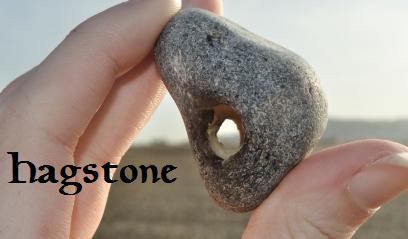My first B is a few days late, but you will forgive me because I totally saw the Dresden Dolls and they fuckin' ROCKED.
A blót - pronounced "bloat" - is your basic Germanic ritual. The plural is blótar, but many people (including myself, often, as I'm on shaky ground with Nordic grammar) will pluralise it as if it was English and say "blóts". I've mentioned blótar quite a few times in this blog, and I'd thought that at one point I had described them in detail, but it turns out I'd described them (in less detail than I had thought) in a 30 Days of Paganism that I have not yet posted.
Oops. You know, I can't help wondering vaguely if people have been reading along and thought "wtf is this 'blót' thing she keeps talking about?", but I guess people would just use the power of Google and figure it out.
A blót is, essentially, a sacrifice. It usually takes the form of alcohol, mead and ale being the most popular offerings. It is directly related to the English words bless and blood, and ties these concepts together; in the ancient blót, the people and area of the ritual would be made holy by sprinkling of blood from the animal sacrificed for the feast. (Now this is uncommon; if a sprinkling happens it is usually of wine or blessed water.)
At its most simple, the modern blót involves just three steps:
- Dedicate your offering to the god/s or entities
- Partake of the offering yourself
- Give of the offering to the god/s or entites
An important aspect that I should highlight here is that one shares the offering with the gods. In a way a blót strengthens our social and familial ties with the gods, and having some of the offering yourself is a big part of that. It ties back in with Germanic concepts of hospitality, being a good host and a good guest, being generous with what you have and the value of friendship. For this reason, you should sacrifice something you yourself enjoy. It sounds so simple, but sharing a drink with the gods is an immensely powerful thing to experience. It's beautiful, and it's holy, and that's one of the reasons I love this religion.
The modern blót is based on rituals described in the Sagas, such as Eyrbyggja Saga. In the Saga of Hakon the Good a Yule blót is detailed by Snorri, with the place and people first made holy by the sprinkling of blood, then goblets of ale dedicated to the gods. The people drink first to the gods, then make their oaths with the second round of drinks, and drink to ancestors in the third and last round. This is also reflected in the modern symbel, a larger rite considered as distinct by some and always held in a group.
Modern rituals often begin with something called a "Hammer Rite" rather than with the sprinkling of blood or wine (which can stain clothes). A Hammer Rite can be very simple or it can be quite complex and ritualised, but at its core it just involves asking Thor to bless your space (hearth, altar, hof, what-have-you). "Hammer of Thor, keep this place hallow and hale." Sometimes I like to rhyme mine, as it's easy and it makes me smile: Mjolnir's might bless this rite on Lammas night, and so on. Some will hold up or put their hand on their ritual hammer, others will draw a hammer sign in the air (one vertical line down, another line horizontally across the bottom). Some Heathens turn it into a more complex ritual, as inspired by Ceremonialism, and might have two hammers (one for fire, one for ice, as the Raven Kindred used to) or four (for the four directions). This makes me sort of uncomfortable; I am happier with the simple version. As far as I can gather the Hammer Rite is largely modern invention; Edred Thorsson included one (which was more on the ceremonial side) in his book FUTHARK. But having an established way to start one's ritual is pleasant and helps put one's mind into a ritual set, and it is more practical than sprinkling of blood or wine. Besides, the actual experience of Thor's blessing via the Hammer Rite is remarkable.
You can add into your blót whatever you please - perhaps you will read a poem, or speak with the gods a while, or meditate in their presence. Perhaps you will make oaths, or thank the gods for a recent blessing. It is up to you; but the distinguishing and important factor is the offering, and sharing that offering with the gods. A blót held with others will often be more elaborate, in order to get everyone mentally on the same page as the rite begins, and might begin with reading of the lore. The Reeves Hall ritual kit gives a good basic description of how one might hold a larger rite.
So, that is a blót, and that is my first Pagan Blog Project entry. I hope it was clear. My head's a big muddled today.

No comments:
Post a Comment